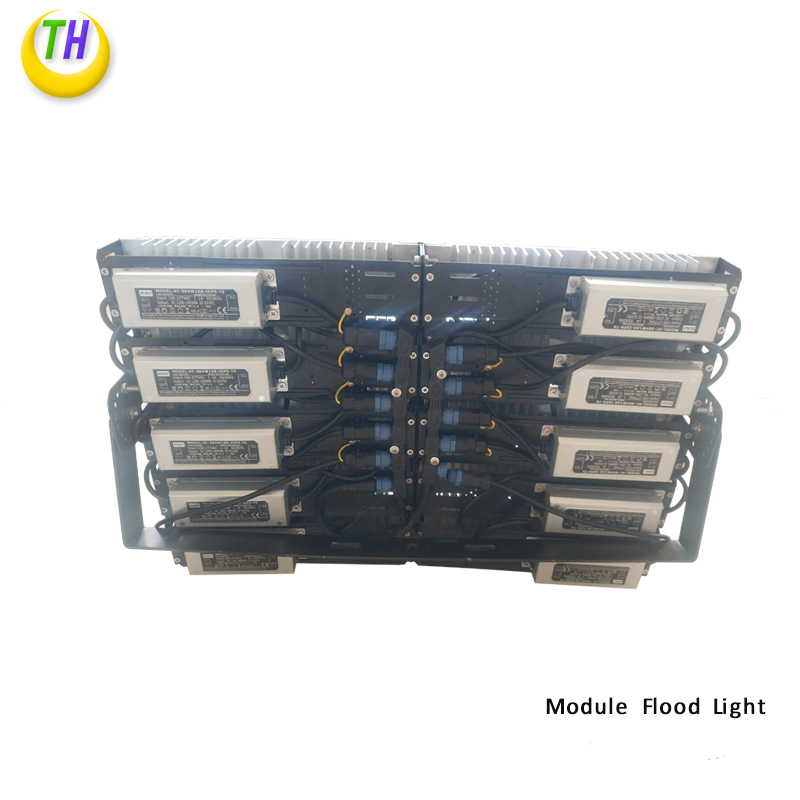Non - isolated design and isolated type of drive power
- 2020-08-29
- Views:0
Non - isolated design and isolated type of drive power
(Summary description)
- Categories:NEWS
- Author:
- Origin:
- 2020-08-29
- Views:0
Usually, they will analyze many aspects, such as cost and manufacturing process, efficiency and volume, insulation reliability and safety specification requirements, etc. The cost of driving with transformers is higher, but it also makes LED lamps more practical and can meet the needs of end users who accidentally touch leds. When the glass case of an incandescent lamp is easily damaged, an E27 ordinary bulb can be replaced with an LED.
In addition, lamps used in industrial areas or office equipment do not need to be exposed to end users, such as street lamps and mall lighting, and leds do need to be isolated transformers.
The main challenge that Chinese LED power supply manufacturers may face is to find low-cost AC/DC drives to meet the stricter power factor and efficiency performance in low-cost power supply systems. In the future, it will no longer be free to use high-quality, reliable power sources in space-constrained systems that have difficulty dissipating heat, such as LED lamps. However, before the end user has used many bulbs with a lifespan of around 10,000 hours, it is difficult to prove that they are of high quality.
Transformer based isolated LED drive power supply will be the mainstream
Both isolated and unisolated LED drive power solutions have advantages and disadvantages. Industry insiders think ClassII will be mainstream because it simplifies THE problem of LED cooling. ClassI or II systems rely on grounding systems and, in most cases, depend on the location of the installation. ClassII is more common and requires two-stage or enhanced isolation, meaning transformer magnetic windings, insulation bands and physical isolation. ClassI systems require a grounded housing and/or mechanical barrier where ClassII systems do not.
Several trends are driving the LED lighting market. The first is the continuous improvement in the efficiency of high-brightness leds and the proliferation of very efficient and reliable constant-current LED drives, followed by global legislation banning incandescent lighting (due to its inefficiency) and the gradual phasing out of CFLS (which, if broken, would release environmentally harmful mercury). The combination of these factors is making LED lighting a long-term trend. Of course, low system costs (including LEDS, thermal management systems, and LED drivers) will always be the driving force behind the widespread adoption of LED universal lighting by consumers.
In fact, failure is a common phenomenon in many LED lighting products, most of which are caused by power failure rather than LED failure. At the design level, this means that Oems must become experts in system thermal design. Leds provide high efficiency, but they also deliver more heat than incandescent or CFLS.
Because many LED lighting applications are enclosed in a small space, it is difficult to use ventilation to dissipate heat. Without careful thermal design, LEDS and power supply drive circuits can easily degrade or permanently fail due to high temperatures.

Whatsapp/Wechat No.:0086-15753273917
joe@tonghuilighting.cn
www.tonghuilighting,cn
Scan the QR code to read on your phone

E-mail: info@tonghuilighting.cn
ADD: No. 1, Guiding Road, Licang District, Qingdao, Shandong, China
Tel: +86-532-80928966 +86-532-80925662


